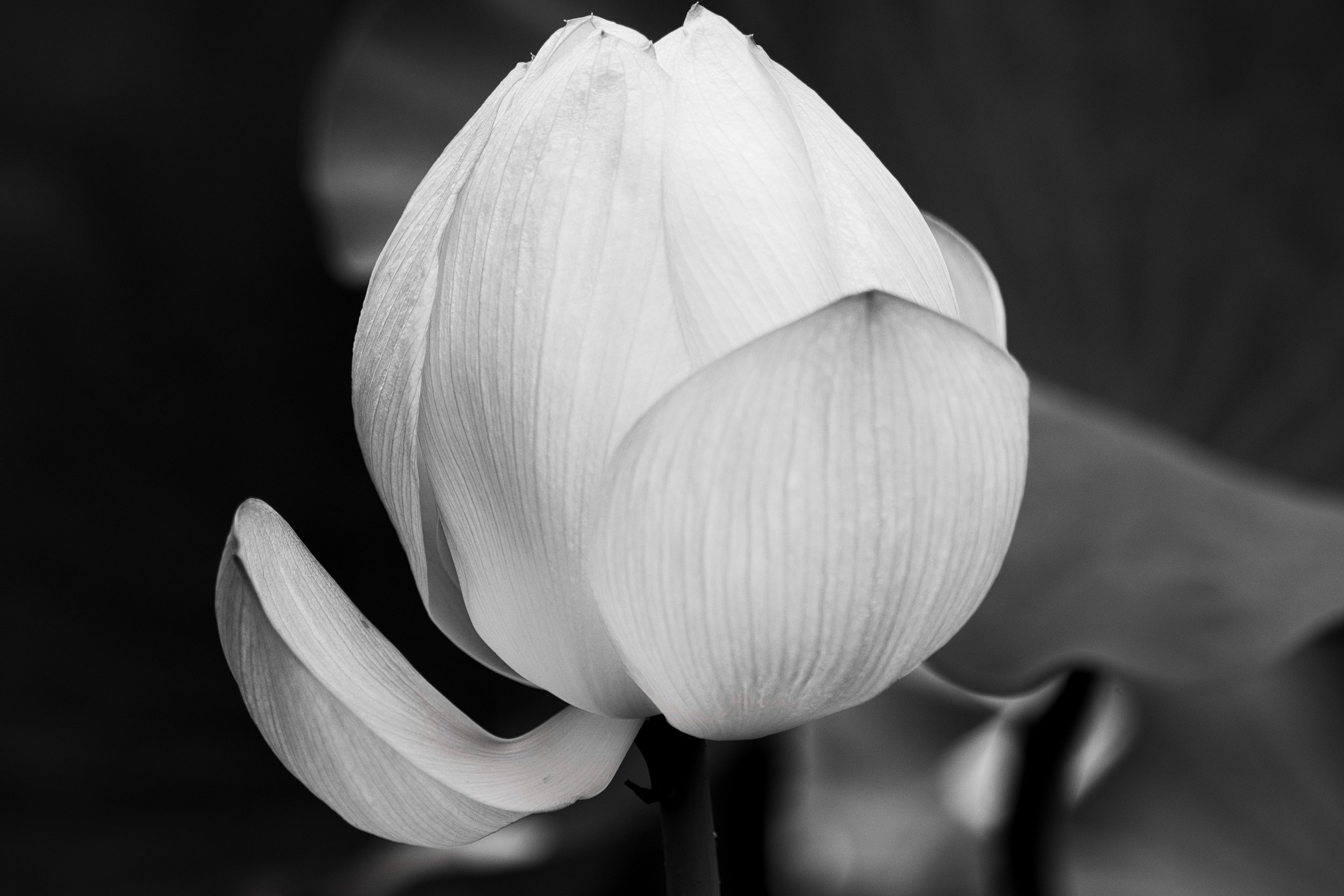Teleconverters - A Useful Tool
What Are Teleconverters?
Teleconverters in camera lens technology have been around along time. The beginning roots of the design basics go back to the late 1800s. They are an addition to the the lens, normally between the camera body and a compatible lens, which increases the telephoto ability of the lens. For this blog we take a look at the DMW-TC20, a 2 times teleconverter for use with their 70mm - 200mm lens lineup.
Panasonic LUMIX DMW-TC20
The Basics Of A Teleconverter
You can see from the image the teleconverter presents the mount for the camera on one side and the mount for the compatible lens on the other. Lumix creates two teleconverters for the L Mount and their compatible lens of Lumix S PRO 70-200mm f/4 O.I.S. and Lumix S PRO 70-200mm f/2.8 O.I.S.. These come in 1.4x and 2x formats. The ‘x’ specifies the amount the telephoto range is increased by and also and indication of light loss. For the DMW-TC20 that means adding the teleconverter converts those lenses to 140mm - 400mm telephoto reach with a maximum aperture of F8 and F5.6. Because of how bright and hot the Japanese summer is the relatively low aperture would not be an issue for this project.
The Advantages And Disadvantages
Of Teleconverters
The teleconverter can be an inexpensive accessory to up to double the telephoto reach of a possible lens that you may already own. Many portrait photographers would consider buying a 70mm - 200mm F2.8 for portraits, but a dedicated 400, 500, or 600mm lens may not be a priority. With the simple addition of the teleconverter the photographer could get more varied use out of a lens. Also a lens in the 600mm range can be quite large. By using a teleconverter one can pack lighter in a smaller space. A massive advantage for travel. The down side is a loss of light with a reduced maximum aperture and a past history of loss of image quality.
Don’t Fear The Teleconverter
It is that last bit I want to take on. Teleconverters when they were first introduced on mass production scale had quality issues. The technology was not there to make products which could would not affect image quality in such a large way. Production technology and lens design has come so far since then. Do teleconverters still affect image quality? According to technical charts, yes. According to actual images you will be hard pressed to tell any difference. That was the reason for this project I completed in Tokyo’s Ueno Park at the Shinobazuno Pond. This pond has lotus flower blooms from July to early August.
Image Quality Of Modern Teleconverters
In thinking about how to demonstrate image quality without the useless deep dive into MTF (Modulation Transfer Function) charts I thought the lotus flowers of Shinobazuno Pond in Tokyo was the ideal place. The lotus flowers themselves have a delicacy of texture with a lovely blend of color. If image quality was going to fail, this would be the subject. The other part of the location is the pond itself. Most of these lotus flowers are further back into the pond. That means to get closeup images of the flowers the focal length of 400mm would be needed to fill the frame. To me when I processed and review these images I’m very happy with the image quality. I did not find that the images fell apart on RAW processing. The actual processing was simple and did not require some crazy actions to bring out the beauty of the lotus flowers.
Use What You Need For The Image
I my opinion this test shows that you should not fear the teleconverter. Use the equipment that makes you happy. Use the equipment that produces the results that you want. If that means grabbing the teleconverter to grab photos in Ueno Tokyo that are not possible without it, go for it. Have fun and purchase the equipment that meets your needs.





